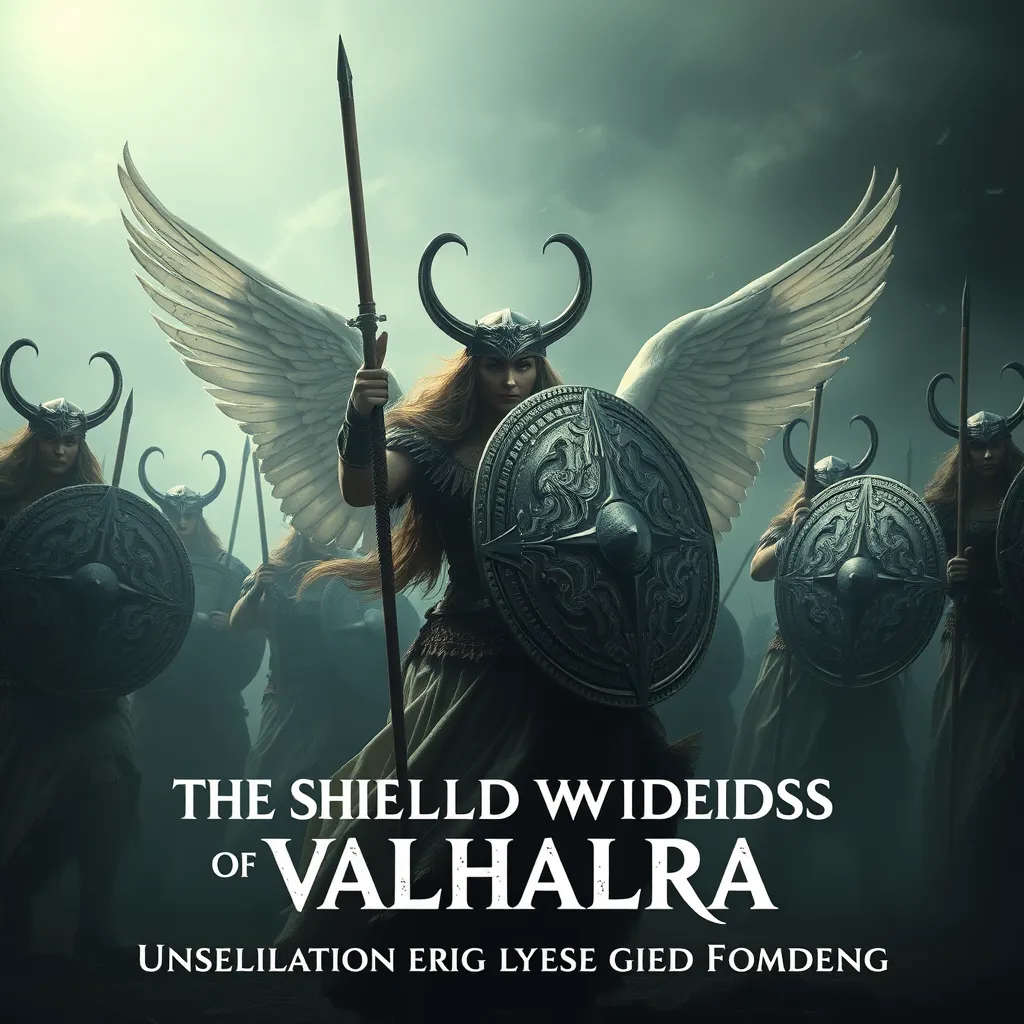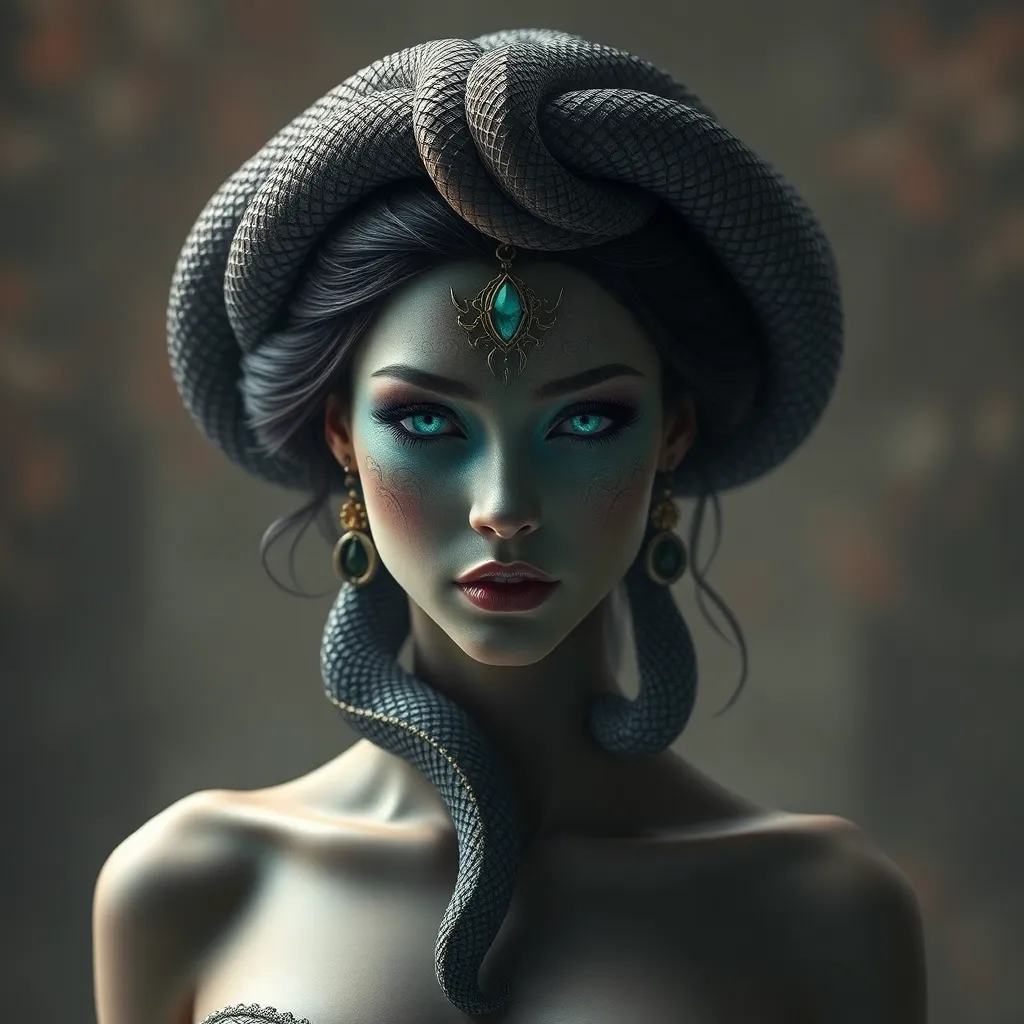The Shield Maidens of Valhalla: Unveiling the Viking Legends of the Valkyrie
I. Introduction
Viking mythology, steeped in rich tales of gods, heroes, and mythical creatures, holds a significant place in the cultural heritage of Scandinavia and beyond. Among the most captivating figures in this mythology are the Valkyries, warrior maidens who serve Odin, the chief of the gods. This article aims to explore the legends and realities surrounding Valkyries, shedding light on their roles in Norse culture and the broader implications of their mythos.
II. The Origins of Valkyrie Mythology
The origins of Valkyrie mythology can be traced back to the historical context of Viking beliefs and practices during the late eighth to early eleventh centuries. This was a time when Norse culture was heavily influenced by the harsh realities of life, where valor in battle was paramount.
- Etymology: The term “Valkyrie” comes from the Old Norse word “valkyrja,” which means “chooser of the slain.” Early references to Valkyries can be found in texts such as the Poetic Edda and the Prose Edda.
- Cultural Significance: The presence of warrior women in Viking society was not merely mythological; it represented the values of bravery, honor, and the belief in an afterlife where valor was rewarded.
III. The Role of Valkyries in Battle
Valkyries are primarily depicted as the choosers of the slain, a role that carries immense responsibility. They select those who are destined to die in battle and guide their souls to Valhalla, where they will feast and prepare for Ragnarök, the end of the world.
This selection process is intricately tied to the concept of fate in Norse mythology. Valkyries are seen as both powerful and compassionate figures, embodying the duality of life and death.
IV. Characteristics and Depictions of Valkyries
Valkyries are often depicted as fierce and beautiful women, adorned in battle gear and armed with weapons. Their representations in art and literature emphasize their warrior status and divine nature.
- Physical Attributes: Common depictions include long hair, helmets, and armor, symbolizing their role as warriors.
- Notable Valkyries: Figures such as Brynhildr and Gudrun are central to many legends, showcasing their complexity and depth as characters.
V. Shield Maidens: Historical Evidence and Interpretations
While Valkyries belong to the realm of mythology, the concept of shield maidens—women who fought alongside men in battle—has historical evidence supporting their existence.
- Distinction: Unlike Valkyries, shield maidens were real women who participated in warfare, challenging the traditional gender roles of their time.
- Archaeological Findings: Discoveries of female graves containing weapons and armor suggest that women fought in battles, contradicting the notion that only men were warriors.
- Societal Acceptance: The existence of shield maidens reflects a more nuanced view of gender roles in Viking society, where women could attain honor and respect through martial prowess.
VI. Valkyries in Popular Culture
The portrayal of Valkyries has evolved in modern literature, film, and art, often emphasizing themes of empowerment and strength. Contemporary depictions include:
- Literature: Works such as Neil Gaiman’s “Norse Mythology” and the graphic novel “Valkyrie” explore the lives and adventures of these fierce women.
- Film: Movies like “Thor” and “Valhalla Rising” showcase Valkyries as powerful figures, influencing public perception of Viking culture.
- Art: Modern artworks often reinterpret Valkyries, focusing on their strength and independence.
This resurgence of interest in Valkyries reflects a broader cultural movement towards female empowerment, resonating with contemporary audiences.
VII. The Legacy of Valkyries in Contemporary Society
Valkyries have become symbols of strength and resilience, inspiring modern feminist movements and narratives. Their legacy lives on in various forms:
- Symbolism: Valkyries represent the fight against oppression and the pursuit of equality, serving as powerful icons in feminist discourse.
- Influence on Modern Narratives: The fascination with Valkyries contributes to ongoing discussions about gender roles and the portrayal of women in media.
- Viking Mythology Today: The enduring interest in Viking mythology highlights its relevance, providing insight into ancient beliefs and values that still resonate today.
VIII. Conclusion
In conclusion, Valkyries hold a significant place in Viking culture, embodying the ideals of bravery, honor, and the complex relationship between life and death. Their legends, intertwined with the realities of shield maidens, remind us of the roles women played in shaping history.
The enduring legacy of these warrior women continues to inspire and empower, emphasizing the importance of preserving and understanding these rich narratives. As we delve deeper into the myths and realities of Valkyries, we uncover not just the history of a people, but the universal themes of strength and resilience that resonate across time.



